Characterization of Protein-Protein Interactions using triple detection size exclusion chromatography (SEC-TD)
October 29, 2014
1 min read
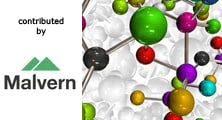
False
October 29, 2014
1 min read

October 22, 2014
Without representative sampling, measurement uncertainty is compromised. Here, we present the current Theory of Sampling versus Measurement Uncertainty debate. The verdict? Nolo contendere!
1 min read
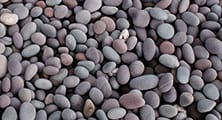
October 21, 2014
Sitting Down With… Apryll Stalcup, Director of the Irish Separation Science Cluster, Dublin City University, Ireland.
1 min read
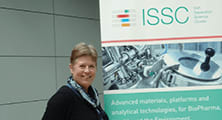
October 20, 2014
1 min read
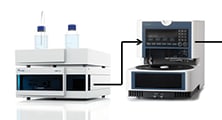
October 20, 2014
Raman analysis of graphene on silicon dioxide wafers
1 min read
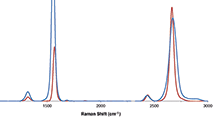
October 20, 2014
Is it possible for a cylinder of helium to last years, rather than months? When using a novel split-splitless injection port for gas chromatographs, the simple answer is “yes.” Here, I present the more technical answer.
1 min read

October 20, 2014
Science and business: tenacious partners in a shaky marriage or eternally bound nonidentical twins?
1 min read

October 20, 2014
Incorrect labeling of foods – sometimes a result of inappropriate or incorrect analysis – can cause needless suffering for people with food allergies. We analytical scientists must step up and change the landscape of food allergen analysis.
1 min read

October 20, 2014
Christopher Harrison described the flipped classroom as an inevitable evolution in teaching. And he’s right – but why has it taken so long for university lecturers to catch on?
1 min read

October 20, 2014
There are more researchers working in industry than in academic facilities – and, in many ways, they are shaping the future more profoundly than their academic colleagues. It’s time to push them into the limelight.
1 min read

False
False
False